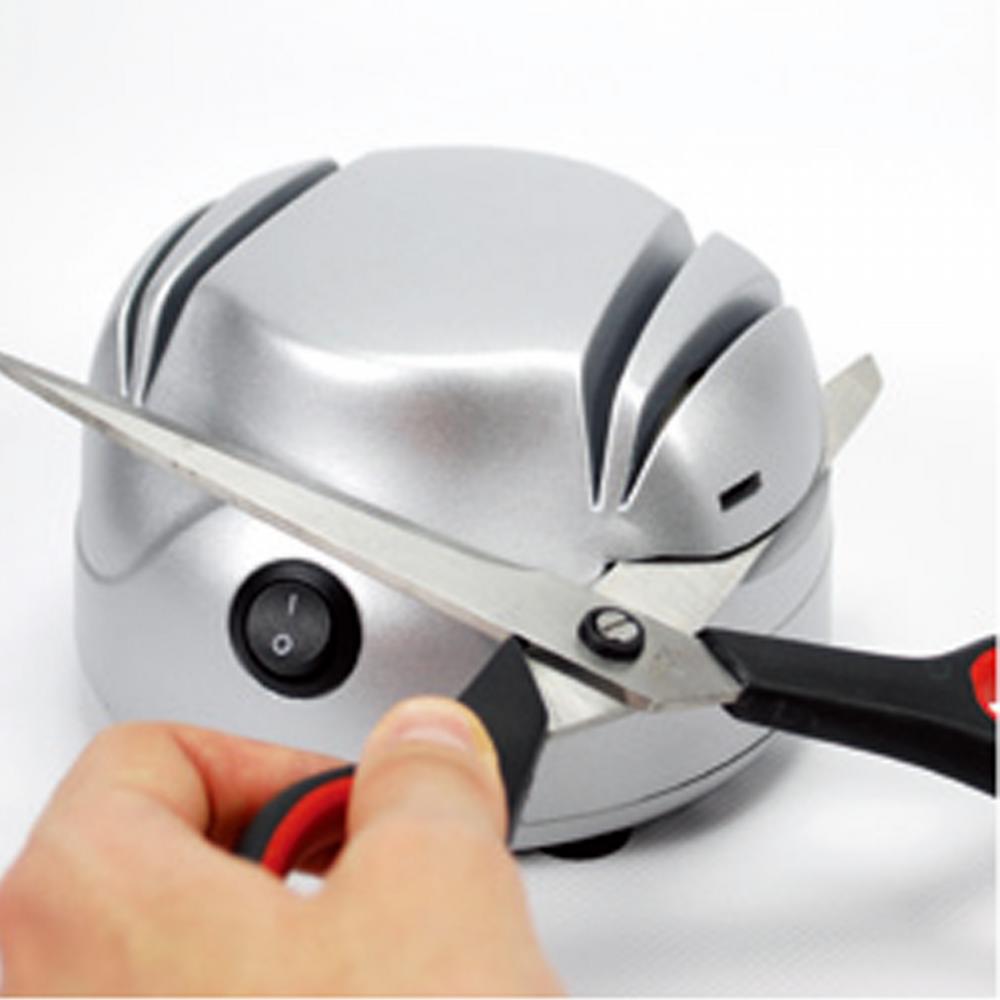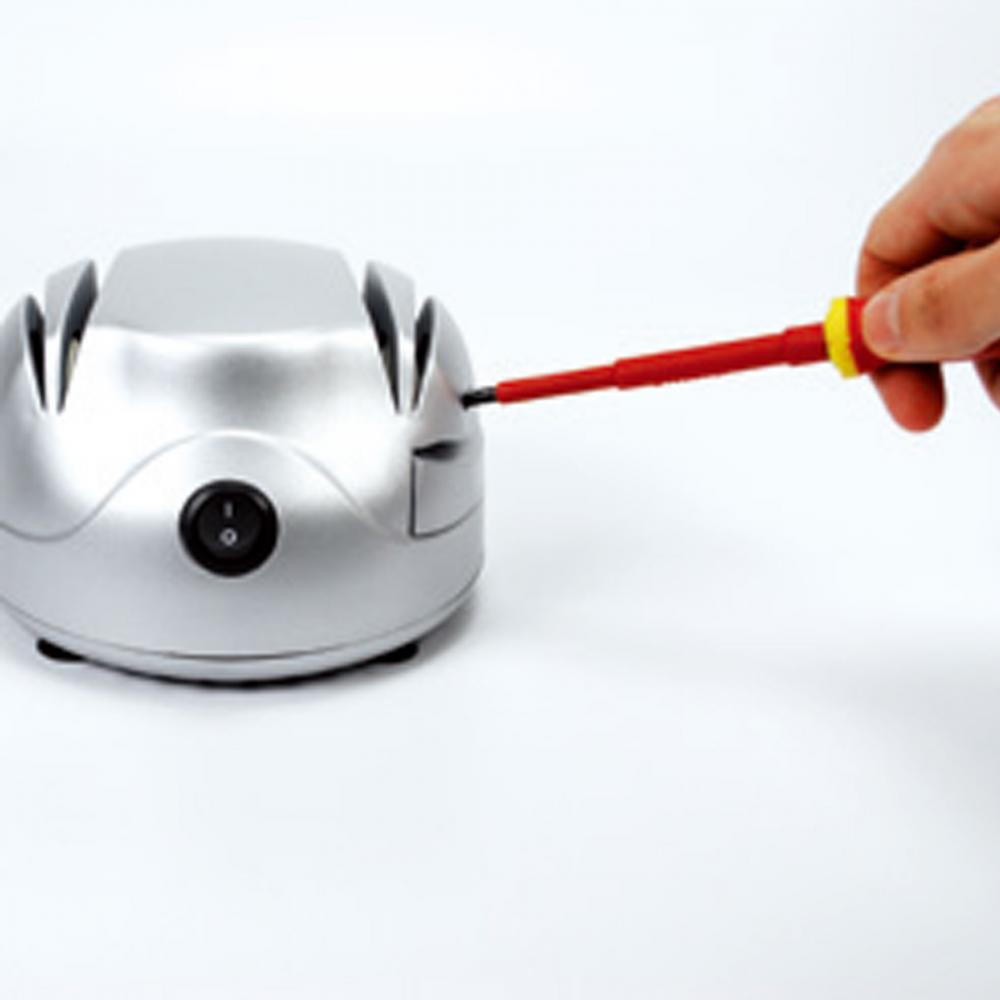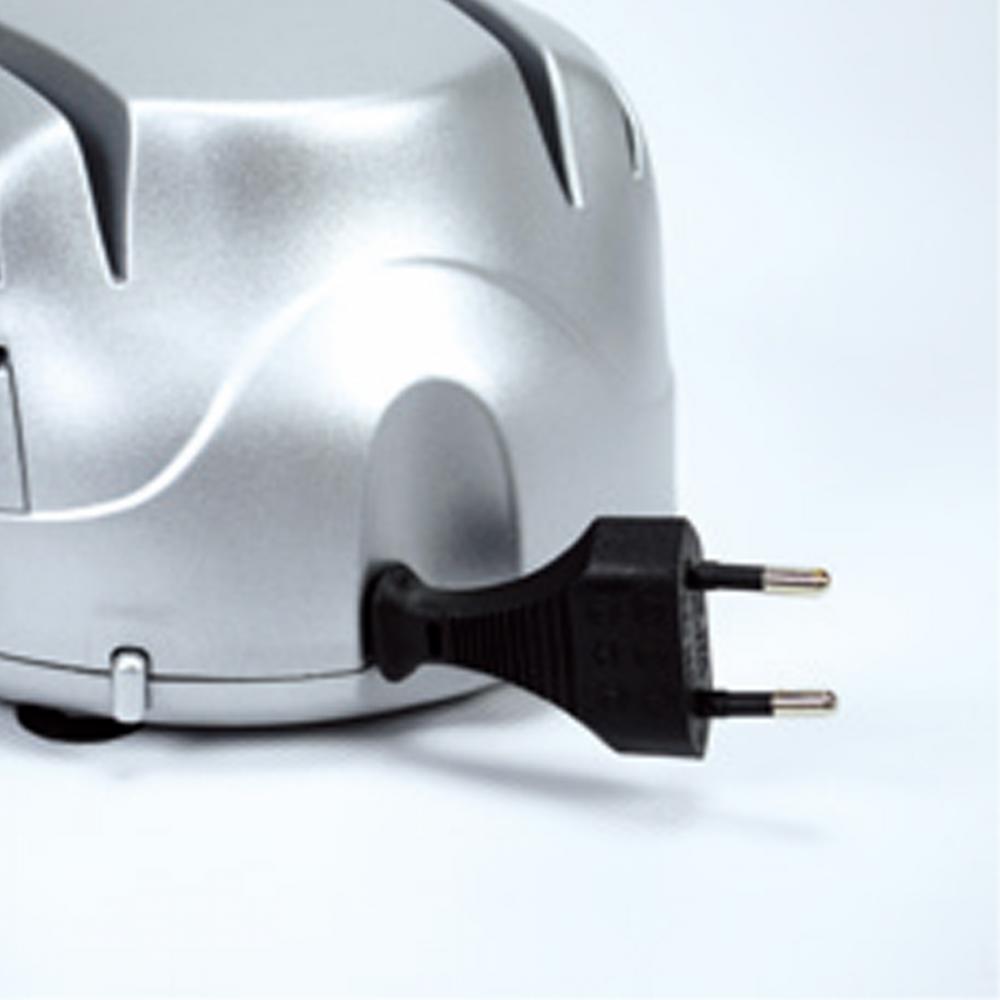Chip makers participate in wearable device melee
Wearing devices is no doubt a new force in consumer electronics. But in this market, the chip maker also joins as a new force. Chip makers are different from consumer electronics manufacturers in that they truly support the cornerstone of wearable devices.
At the IFA that opened in Berlin recently, Texas Instruments has demonstrated a projection chip that can be implanted into a wearable device, and Qualcomm is directly introducing Toq, a smart watch developed by its own company.
Chip makers began to wear the device
Texas Instruments' DLP Pico 0.2-inch TRP chipset can project 640 x 360 images and is suitable for glasses, watches and mobile devices. The company said that the chip's resolution and brightness have been doubled compared to the previous chip, but the energy consumption has been reduced to 50%.
Qualcomm’s Toq showed off their latest MEMS systems (micro-electro-mechanical systems) and on-screen display technology. One highlight of Qualcomm's smart watches is the Mirasol display technology, which is more energy efficient than LED and OLED screens. The Mirasol screen is also similar to the e-ink screen in the e-reader and can be seen under the sun.
Tirias chief analyst Jim McGregor said: Wearable devices will set off a new round of opportunities for chip makers. Even unsuccessful technologies in the past may not have had a second spring.
Qualcomm's Mirasol display technology was actually eliminated from the e-reader and flat panel two years ago, but it seems to be just right for smart watches.
What will happen next?
For chipmakers, the next direction should be to reduce the power consumption and size of the chip. For example, DSPs dedicated to certain functions in current mobile devices can be ported to wearable devices to replace existing low-performance CPUs.
It is also important to reduce the size of the chip. For example, Google Glass needs a balance between appearance (full size) and battery life. Google Glass currently uses a dual-core ARM processor. Its biggest challenge now is to reduce power consumption when processing video.
Another prospect for wearable devices is the Internet of Things, a data network made up of a myriad of embedded objects. Both Texas Instruments and Qualcomm currently have designs in this area.
From ARM's point of view, the future of embedded systems lies in the wearable devices and the Internet of Things, and ARM’s VP Noel Hurley said in an interview this week: “They have great potential.â€
General specifications
Base speed: ON/OFF Non-slip feet: 4pcs
Sharpening wheels: 2
Technical specifications
Power: 60W Frequency: 50/60 Hz
Voltage: 220-240V Cord length: 1 m
Design specifications
Material body: HIPS
Surface finishing: injected color
Cord storage: Yes
Approvals
GS/CE/CB/LVD/EMC/ROHS/REACH/ERP



Mini Electric Knife Sharpener,Knife Sharpener For Bench Grinder Machine,Small Electric Knife Sharpener,Fashion Design Electric Knife Sharpener
Housoen Electric Manufacture Co., Ltd. , https://www.housoenappliances.com